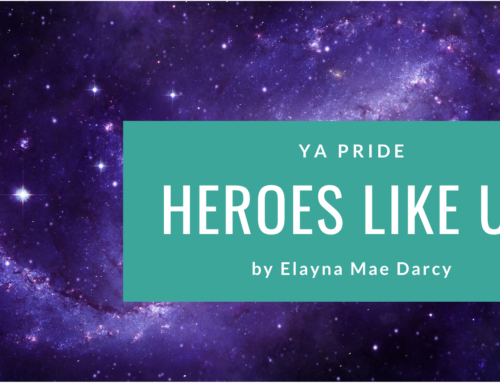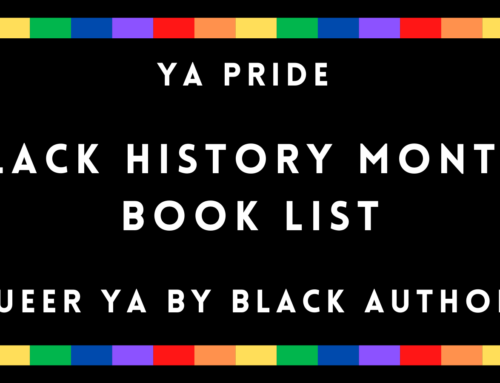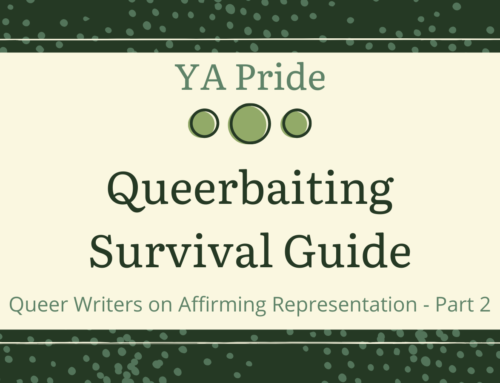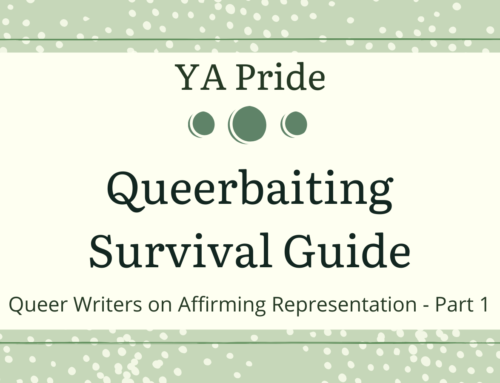Author Guest Blog: Laura Lam
Caveat: What I reveal about characters in Pantomime does somewhat “spoil” a “twist” that is revealed 20% into Pantomime. Some people have enjoyed being surprised, but if you’d prefer to read the book without knowing, please skip this post! I will say that I don’t think knowing this going in unduly colours the reading experience, but then again it’s impossible for me to know, as I can never read the book I’ve written for the first time.
Another note on gender pronouns: I use the pronoun the character identifies as at the point in the story.
When I tell people that the protagonist of my novel Pantomime is intersex, quite often I get blank looks. People sometimes think it means asexual, or transsexual, or just aren’t sure. When I tell them, sometimes I’ve been asked: isn’t that a myth?
I find it odd in a world where pretty much everyone knows the meaning of gay, lesbian, bisexual, and transgender, so many still aren’t sure what intersex means. I didn’t know the correct term until I was 19 and started researching for my book: I thought the term “hermaphrodite” was still politically correct. Why has intersex and non-binary gender somehow become the last taboo, both in society and, therefore, in young adult fiction?
I know I’m preaching to the choir, but diversity in YA is vital in order to widen people’s minds. Teenage years are when people are deciding who they want to be, what their core beliefs are. So many books I read during that time had an indelible effect on me, and going back and reading them will give me a feeling of nostalgia of just what I was going through in the week or two I read it. I remember reading books and thinking “I’m not alone,” sometimes when I was the loneliest I’d ever been. In the case of intersex and gender variant (not identifying as either solely male or female, regardless of physical sex) teens, they might not know anyone in real life who is going through what they are. Through books, perhaps they can learn and understand more about themselves, and accept themselves. And, as fiction always does, readers can put themselves in others’ shoes, and take the “othering” aspect away from the Other.
First, a bit of background info: babies born intersex are not that uncommon. The Intersex Society of North America states “If you ask experts at medical centers how often a child is born so noticeably atypical in terms of genitalia that a specialist in sex differentiation is called in, the number comes out to about 1 in 1500 to 1 in 2000 births. But a lot more people than that are born with subtler forms of sex anatomy variations, some of which won’t show up until later in life” (source). That makes it about on par with people with red hair, according to the BBC documentary Me, My Sex, and I. But how many intersex people do you know? Or openly intersex celebrities? Similarly, though androgyny is increasingly popular in mainstream media, such as in fashion and music (just take a look at David Bowie’s “The Stars are Out Tonight” music video—and, you know, Bowie’s entire career), characters in fiction that are unequivocally gender-variant are still uncommon. That means that many children who grow up intersex, or gender variant may have few people to look up to or identify with, and while they could find solace in YA fiction, there’s currently not a lot in the genre for them to find.
 Micah Grey of Pantomime is intersex, and he evolved slowly in my mind over a couple of years. I knew I wanted to write about a character that was gender variant. Growing up, many of my favourite reads had aspects of subverting gender roles—such as The Song of the Lioness quartet by Tamora Pierce, which has the protagonist dressing as a boy so she can become a knight, or the Tamir Triad by Lynn Flewelling, where a baby girl is disguised as a boy to protect her from a mad king—but no one told her, and she’s raised thinking she’s a boy, Tobin. After nine books, the reader doesn’t conclusively know the gender of The Fool in Robin Hobb’s work, and I hope it’s never revealed. So as a result of that interest, and perhaps growing up in the San Francisco Bay Area, Micah came to life in dribs and drabs. I wrote other things for a while, worried that I wouldn’t be able to do this character justice, but then I decided to try.
Micah Grey of Pantomime is intersex, and he evolved slowly in my mind over a couple of years. I knew I wanted to write about a character that was gender variant. Growing up, many of my favourite reads had aspects of subverting gender roles—such as The Song of the Lioness quartet by Tamora Pierce, which has the protagonist dressing as a boy so she can become a knight, or the Tamir Triad by Lynn Flewelling, where a baby girl is disguised as a boy to protect her from a mad king—but no one told her, and she’s raised thinking she’s a boy, Tobin. After nine books, the reader doesn’t conclusively know the gender of The Fool in Robin Hobb’s work, and I hope it’s never revealed. So as a result of that interest, and perhaps growing up in the San Francisco Bay Area, Micah came to life in dribs and drabs. I wrote other things for a while, worried that I wouldn’t be able to do this character justice, but then I decided to try.
In Pantomime, the boy Micah Grey was once Iphigenia Laurus, 16-year-old daughter to a noble family. Born both male and female, with neither gender the right fit, Iphigenia one night overhears her parents planning to “fix” her. Horrified by the prospect of surgery, Iphigenia flees and becomes Micah.
He joins R.H. Ragona’s Circus of Magic, but beneath its veneer of bright lights and fantasy, the circus is crumbling due to the ringmaster’s drinking, gambling, and rage. Just as Micah begins to discover his place in the circus, his past catches up with him.
When I was researching querying my book, there were very few other books with gender-variant characters, much less protagonists, and I wasn’t sure why. Since then I’ve heard of a few titles—I’ve heard Incarnate by Jodi Meadows and Above by Leah Bobet both have intersex secondary characters, though I’ve not yet read either yet. Are there any others?
Over at the blog Birth of a New Witch, Usagi and Ashleigh discuss Non-Binary in YA, and Usagi has gender dysphoria to some extent and Ashleigh is asexual. It’s an excellent article that says “yes, we want more YA with people like us,” and Usagi also found some recent sobering statistics on transgender youth in America. Overall, things are changing for the better, but it’s slow and we still have a long way to go. Having gender explored more in YA fiction could, in the long term, help this.
So I hope the trend continues and more authors and publishers decide to write about non-binary characters in YA stories. It’s important for gender-variant teens to be able to see themselves reflected in fiction. It’s important for those who have never been exposed to non-binary gender to see it in fiction to help prevent prejudices and ignorance. I’d love it for, in a few years, if I say “my protagonist is intersex,” most everyone just nods because they know what it means, and it’s not a big deal.
Laura Lam was raised near San Francisco, California, by two former Haight-Ashbury hippies. Both of them encouraged her to finger-paint to her heart’s desire, colour outside of the lines, and consider the library a second home. This led to an overabundance of daydreams.She relocated to Scotland to be with her husband, whom she met on the internet when he insulted her taste in books. She almost blocked him but is glad she didn’t. At times she misses the sunshine.
Pantomime was released February 2013 through Strange Chemistry, the YA imprint of Angry Robot Books. The sequel, Shadowplay, will follow in January 2014. She can be found on her website, Facebook page, or Twitter.




